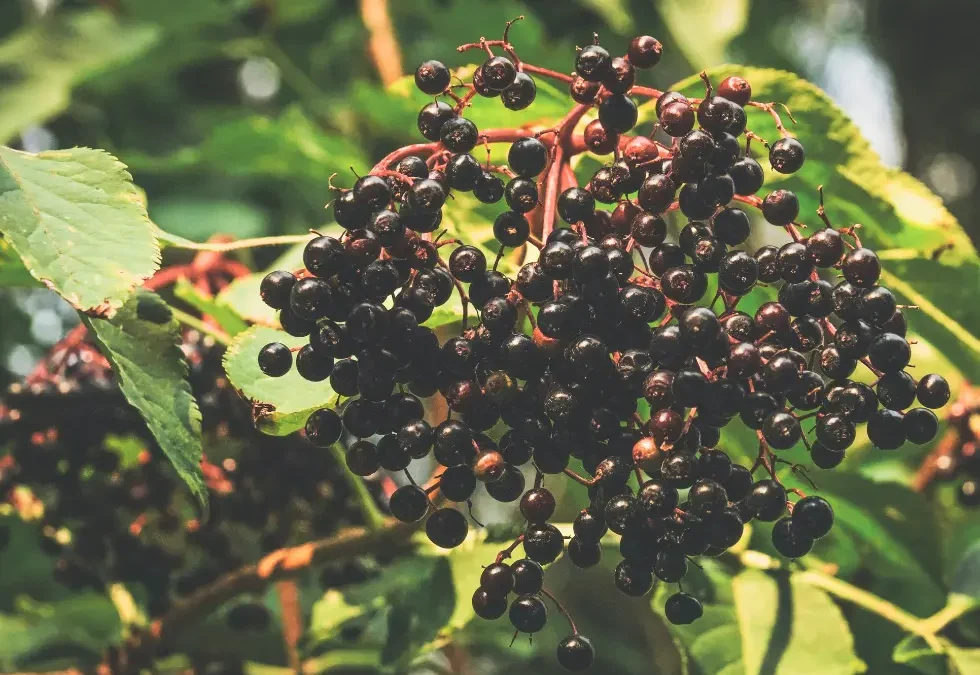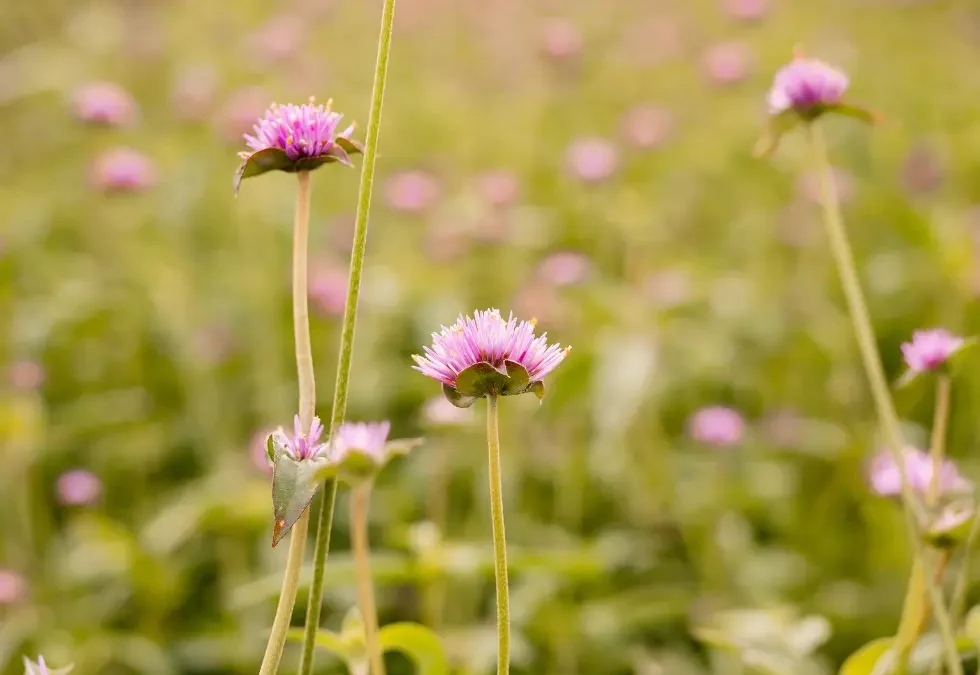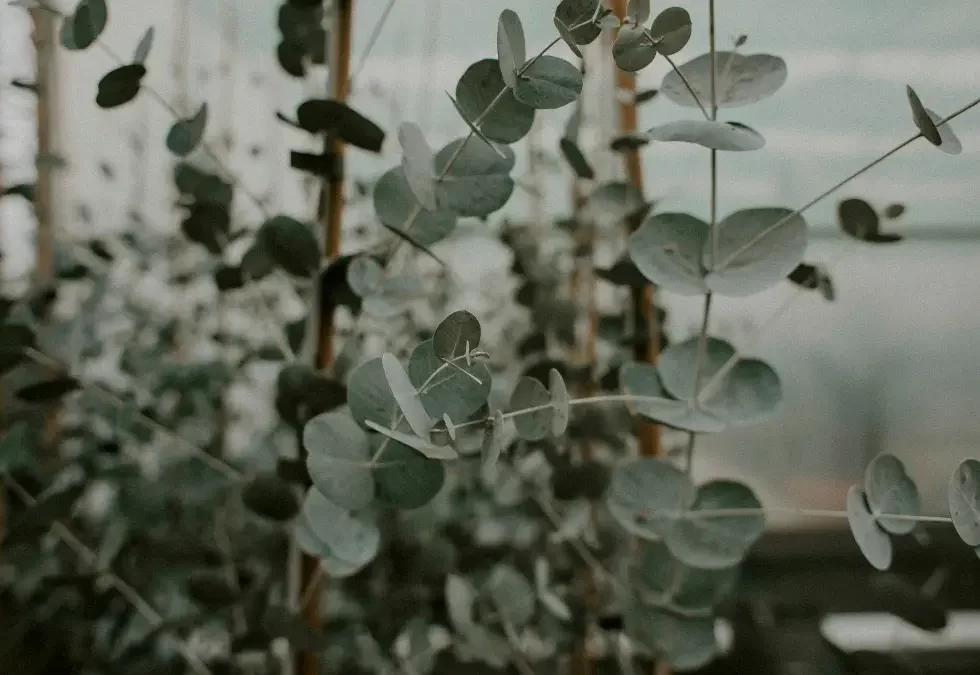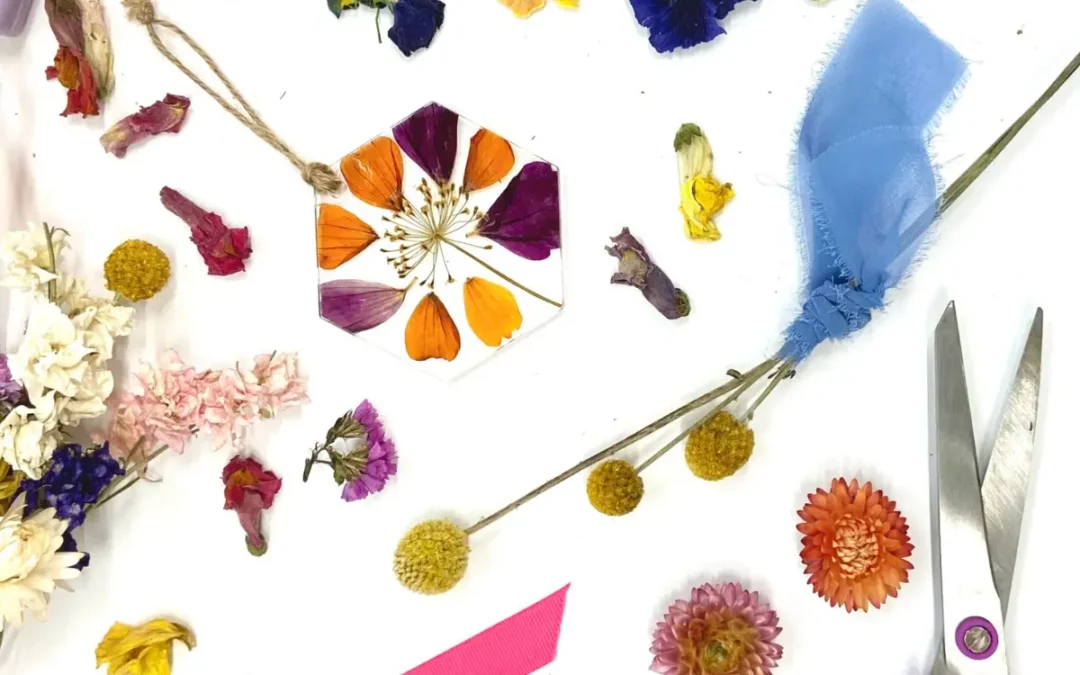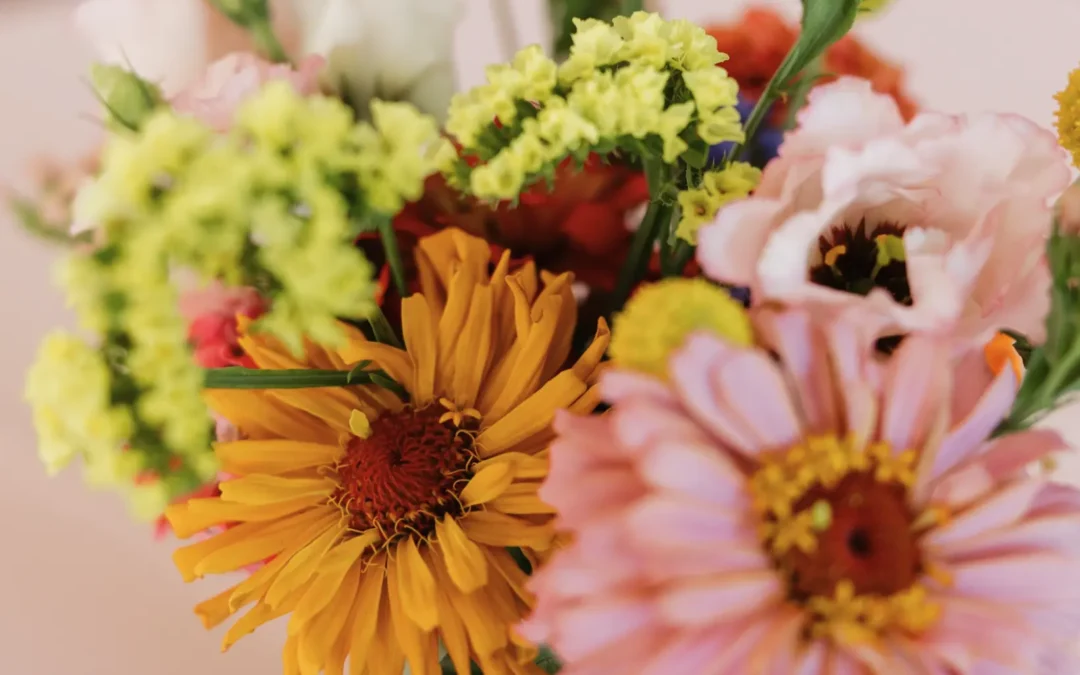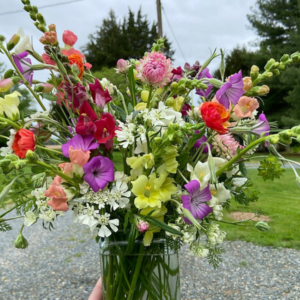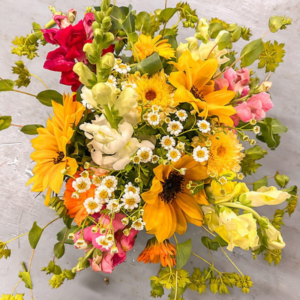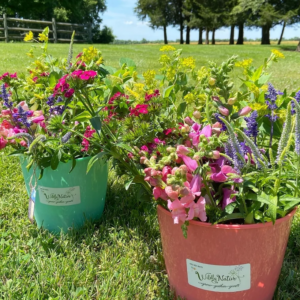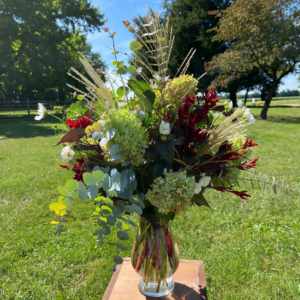
If you’ve ever admired a vibrant bloom and wondered, “Can I eat that?” — you’re not alone. In Episode 69 of The Flower Files, Liza Goetz of Wildly Native Flower Farm takes us beyond beauty and into the world of edible flowers, where petals meet plates, and farming meets flavor.
Why Grow Edible Flowers?
Edible flowers aren’t just pretty garnishes — they’re fragrant, flavorful, and packed with culinary potential. From ancient Persian rose syrups to Michelin-starred masterpieces sprinkled with violas, edible blooms are both a feast for the eyes and the palate. They create emotional, sensory-rich dining experiences while offering growers a niche market with real income potential.
What It Really Takes to Grow Culinary Florals
Growing edible flowers isn’t a hobby — it’s a craft. Whether you’re supplying restaurants or decorating your own bakes, there are a few essentials to keep in mind:
- Consistency is key – Succession planting, harvest schedules, and bloom timing are crucial for reliable production.
- Clean practices are non-negotiable – No pesticides, only organic inputs, and food-safe handling from seed to storage.
- Timing matters – Harvest early in the morning for the best flavor and shelf life.
- Proper packaging is essential – Delicate petals require clamshells and careful cold storage.
- Keep records – Track bloom times, preferences, and shelf life to meet your customers’ needs.
- Build relationships – Talk to chefs, bakers, and bartenders. Share samples, get feedback, and speak their language.
Top Edible Flowers to Grow (and Why We Love Them)
Feeling overwhelmed by the endless list of edible blooms? Here are some beginner-friendly favorites that pack visual and culinary punch:
- Violas & Pansies: These colorful powerhouses are ideal for pressing, freezing, or topping desserts. Their mild, sweet flavor and endless blooms make them a go-to.
- Calendula: Known for its skincare properties, calendula adds peppery brightness to butter and salads — think saffron substitute!
- Nasturtiums: Spicy, arugula-like petals and leaves bring bold flavor and visual flair. Plus, they’re easy to grow and loved by pollinators.
- Roses: Stick with heirloom varieties grown organically. Their petals shine in syrups, jellies, and desserts — but avoid florist roses, which aren’t food-safe.
- Hibiscus: Tart and tangy, hibiscus is famous in teas and syrups and makes a great twist in cocktails or jellies.
- Herb Blossoms: Flowers from basil, thyme, dill, and chives add unexpected flavor and color to savory dishes and pair beautifully with edible blooms.
Pro tip: Always double-check whether a flower is edible and which parts are safe to eat. Never consume chemically treated flowers.
Growing Edible Blooms for Profit
Whether you’re supplying a trendy bakery, collaborating with a chef, or creating floral sugars and salts, edible flowers can bloom into a business. Here’s how:
- Start small with reliable varieties and a few well-placed beds.
- Plan your layout – Choose sunny, well-drained areas with protection from wind. Raised beds work great.
- Practice succession planting to ensure a consistent weekly harvest.
- Harvest smart – Early mornings are best. Use sharp snips and gentle handling to avoid bruising.
- Offer variety and creativity – From fresh petals to dried mixes, pressed decor to floral confetti, the possibilities (and profits) are endless.
- Build community – Sell to restaurants, host workshops, start a CSA, or bundle blooms for gift sets. When you market it right, the demand is deliciously high.
A Blooming Invitation
At Wildly Native, the mission goes beyond bouquets. It’s about growing with intention — for pollinators, for beauty, and yes, for plates. Culinary florals connect us to nature and nourish us with creativity. Whether you’re a farmer, a florist, or just someone who loves a good salad, edible flowers are a reminder that beauty can be both seen and tasted.
So, what will you plant next? Tag @wildlynativeflowerfarm or share your floral creations with #TheFlowerFiles — we can’t wait to see how you grow flavor into your garden.

